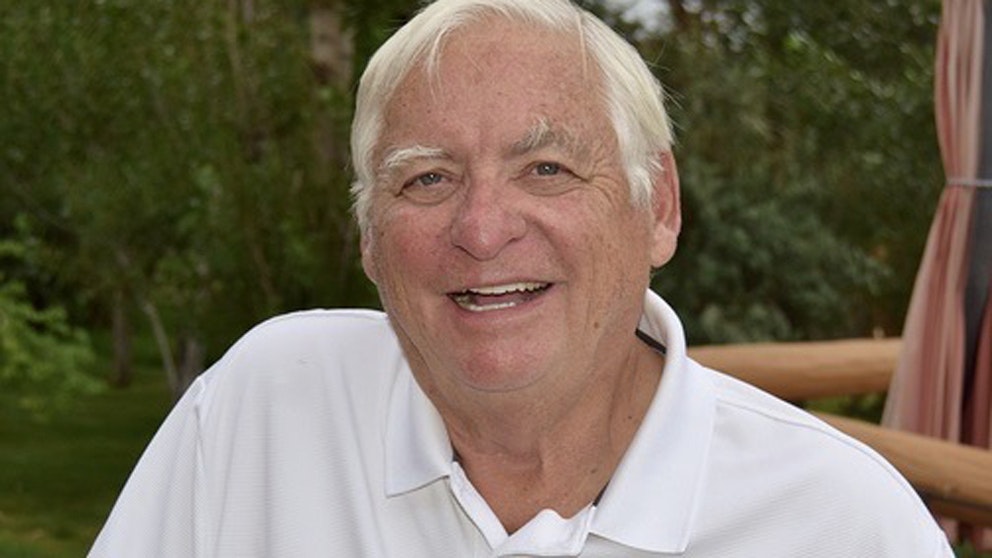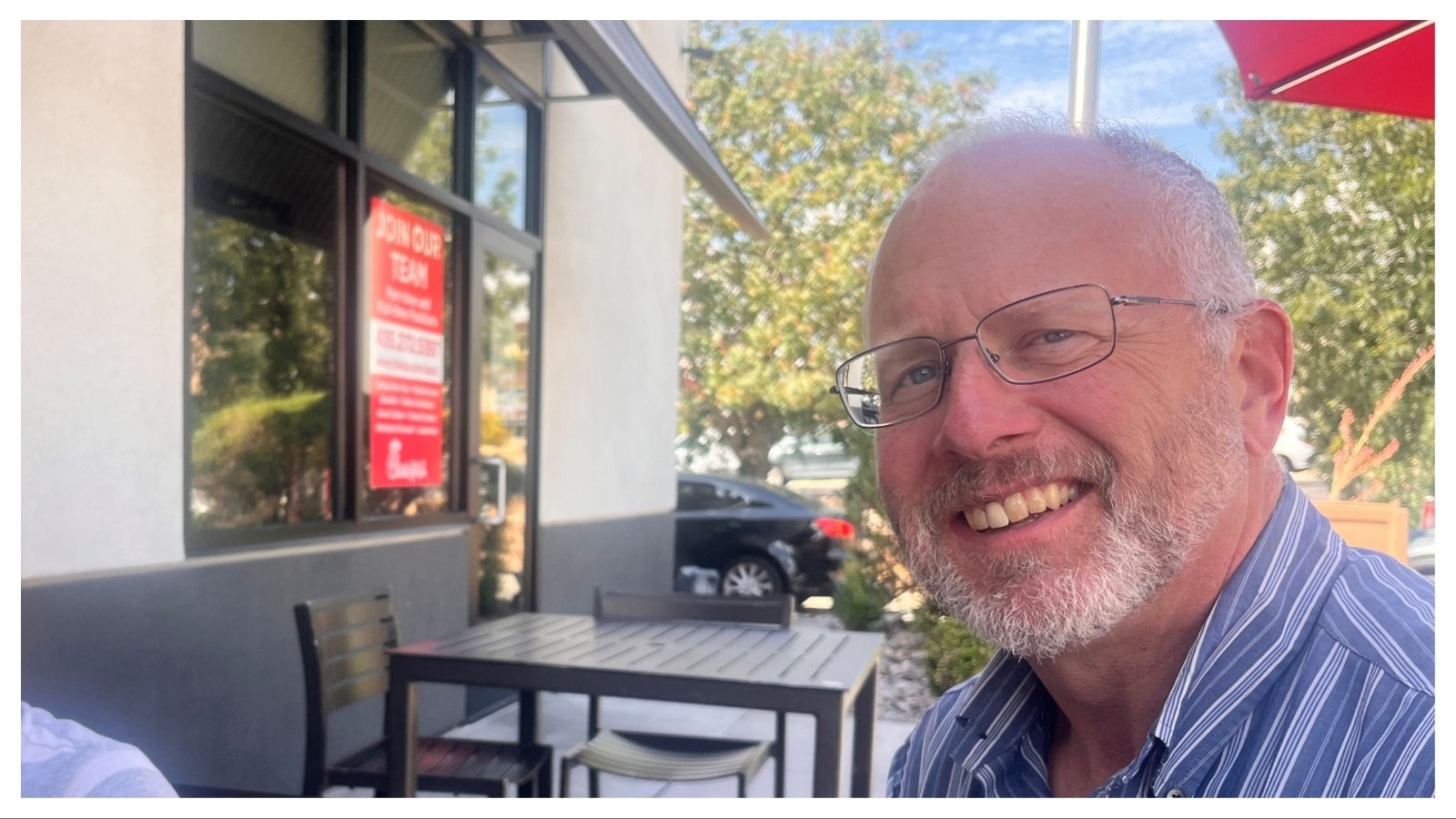For being a low-populated, relatively anonymous square on a map, Wyoming was at the center of the most important road in America’s history.
Starting about 1843, over 400,000 emigrants came through Wyoming, starting in the Torrington area, then crossing through the center of the state near Douglas and Casper and on through current Fremont County and ultimately exiting out the west side, headed southwest to Utah or northwest to Oregon or California.
Their First Mountain
In-between, they saw their first mountain, Laramie Peak and because they were driving wagons pulled by horses or oxen, they needed grass and water. They found plenty around the North Platte River and then when they got to the future home of Casper, they switched to the Sweetwater River that took them all the way to South Pass.
What a name! “Sweetwater” had to be the perfect name for a river leading them to their destination.
You have to believe some marketing person dreamt up that name for the river to entice people to make that dangerous trip across the continent. Who would be afraid of a trip following a river called Sweetwater? Pure genius.
Between Casper and Muddy Gap is Independence Rock. This is such an important place because they wanted to be here by July 4, Independence Day. If they were close to their schedule, they would stop there for a few days to rest and scrawl their names on top of this famous landmark. Thousands of them did and you can read their names today.
Climbing up South Pass was no picnic. Arguably, it was the hardest part of the trip. Both water and grass were diminishing but the Oregon Buttes were on the horizon. These meant you were about to be in Oregon, hence the name. This was the border of Oregon Territory and even though you were thrilled, you also faced the reality that you were just half way. No turning back now.
Manifest Destiny Was Driving Force
America was exulting in its own power amid the self-realization we were becoming one of the great countries of the earth. Manifest Destiny became the national motto as we figured if we could send enough Americans to California and Oregon, pretty soon, those areas would soon become part of the United States and our country would stretch from sea to shining sea.
And it worked. It worked well. The Oregon Trail through Wyoming was the key to the USA becoming the geographic marvel that it is today.
But the key to all this was a geographic anomaly that sits about 25 miles southwest of Lander called South Pass.
The Rocky Mountains had been a formidable barrier to westward expansion. You could not get a wagon up and over these impossible mountain passes.
For some reason, the mountains disappeared at South Pass and although it was a difficult slog, it was a climb that was possible for wagons pulled by horses and oxen. Rocky Ridge was especially daunting with very sharp rocks blocking the way. Once over the Continental Divide the trip was seemingly downhill to the west coast.
Not far past the pass came decision time for the travelers. Many headed southwest to Fort Bridger and then on to Utah. Others headed west to the Lander Cutoff, named for Gen. Frederick Lander, who was an engineer and found a shorter (albeit drier) route.
Although it is easy to think of small family units traveling the Oregon Trail much like the Little House on the Prairie Ingalls family, in reality, these were very large groups of wagons. They did this for protection from hostile Indians and also because of the limited window of time available.
The cloud of dust raised by these huge moving crowds could be seen for miles.
The constant west wind not only kept them cool but pushed back at them as they pushed westward. The bulk of the travelers walked with just older folks and children sitting in the wagons.
The Shining Mountains
After seeing Laramie Peak, the emigrants had seen many mountains. But in the South Pass area, they saw a sight to behold – the towering Wind River Mountains. These are the highest mountains in Wyoming and were nicknamed The Shining Mountains, because of all the snow reflecting off their sides.
There are excellent museums available in Wyoming to learn more about the Oregon Trail, but the best is the National Historic Trails Museum in Casper. It is just superb. Local museums from Torrington to Lander to Evanston also offer unique information. South Pass City Historical Site is a fountain of old-time experience where you can visit a real ghost town and learn about the trail which runs right through its neighborhood.
The Oregon Trail is amazingly accessible across Wyoming. It makes for a wonderful field trip to learn about the history of our country and our state, too.
Two expert friends of mine who loved the Oregon Trail are now dead – Randy Wagner of Cheyenne and Jimmy Smail of Lander. I was lucky enough to spend some time with both.
When the transcontinental railroad came into use in 1869, travel on the Oregon Trail went from a flood to a trickle. A trip that took six months now took six days. Not sure there has ever been a bigger technological break though in our country’s history. Stephen Ambrose wrote a fascinating book on the building of the railroad (which also came through Wyoming) called Nothing like it in the world. But that is another story.





